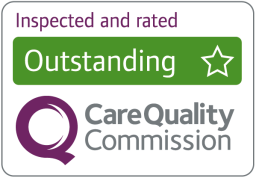What are the short or long term symptoms of gonorrhoea?
Around 10% of people with gonorrhoea of the penis and 40% of those with gonorrhoea of the vagina may not have any symptoms, so it's important to test regularly if you think you have come into contact with gonorrhoea.
If you do have symptoms, they usually appear about 2 weeks after the initial exposure. But in some cases, it may take several months for symptoms to appear.
Symptoms of gonorrhoea in a vagina
The main symptom of gonorrhoea is a change in your vaginal discharge. This discharge may be yellow or green in colour. You may experience a burning feeling when you pass urine. Lower abdominal pain or tenderness is a less common symptom. You may also experience bleeding in between your periods.
Symptoms of gonorrhoea in a penis
The most common symptom is a discharge from the tip of your penis. This discharge may be white, yellow or green. It's not as common, but you may also experience pain when passing urine, inflammation of your foreskin or pain in your testicles.
Other symptoms
You can get gonorrhoea in the rectum or throat by having anal or oral sex. Infection in the throat does not normally cause any symptoms. Infection in the rectum may cause pain and discharge.
Complications of gonorrhoea
If you do not get treatment for gonorrhoea, it can lead to serious complications in the future.
An untreated gonorrhoea infection in a vagina can cause pelvic inflammatory disease (PID). This may cause pelvic pain and can lead to infertility and increase the risk of having an ectopic pregnancy.
Untreated gonorrhoea in pregnancy can cause serious complications for the newborn baby. Untreated gonorrhoea infection in the penis can lead to infection in the testicles and prostate which may also cause infertility and pain.


